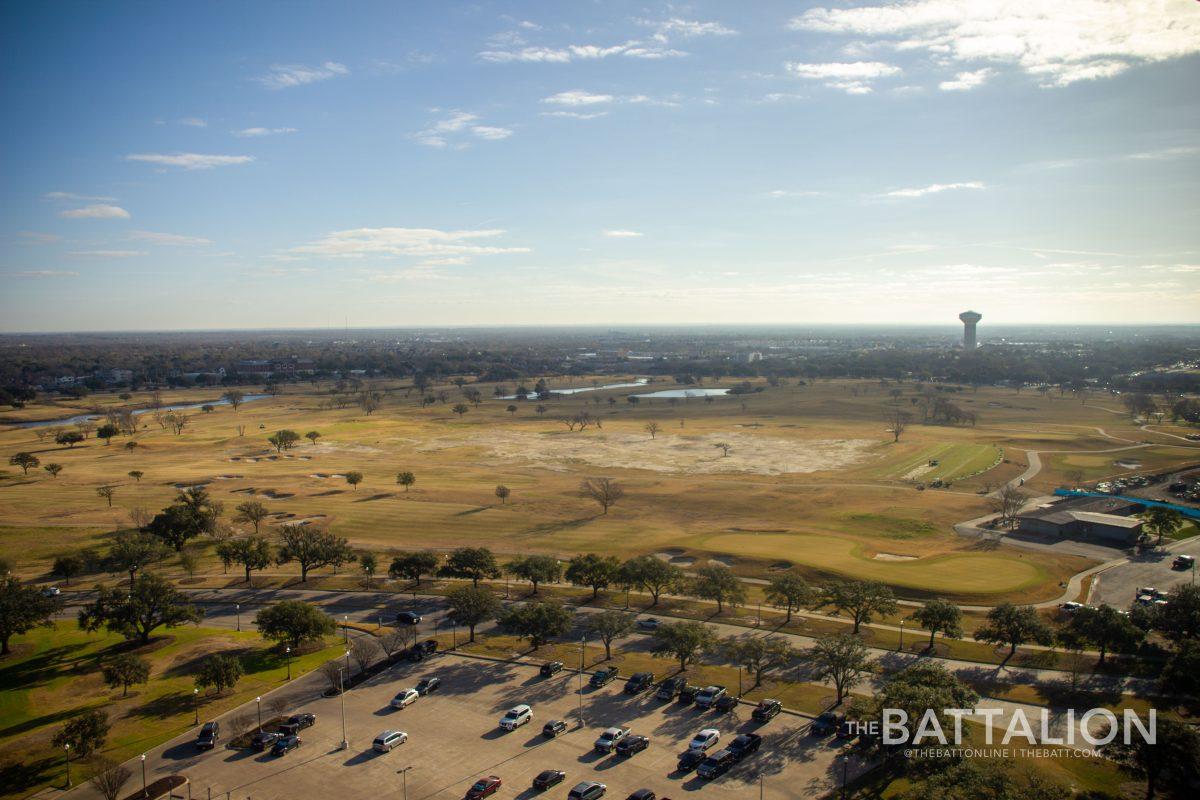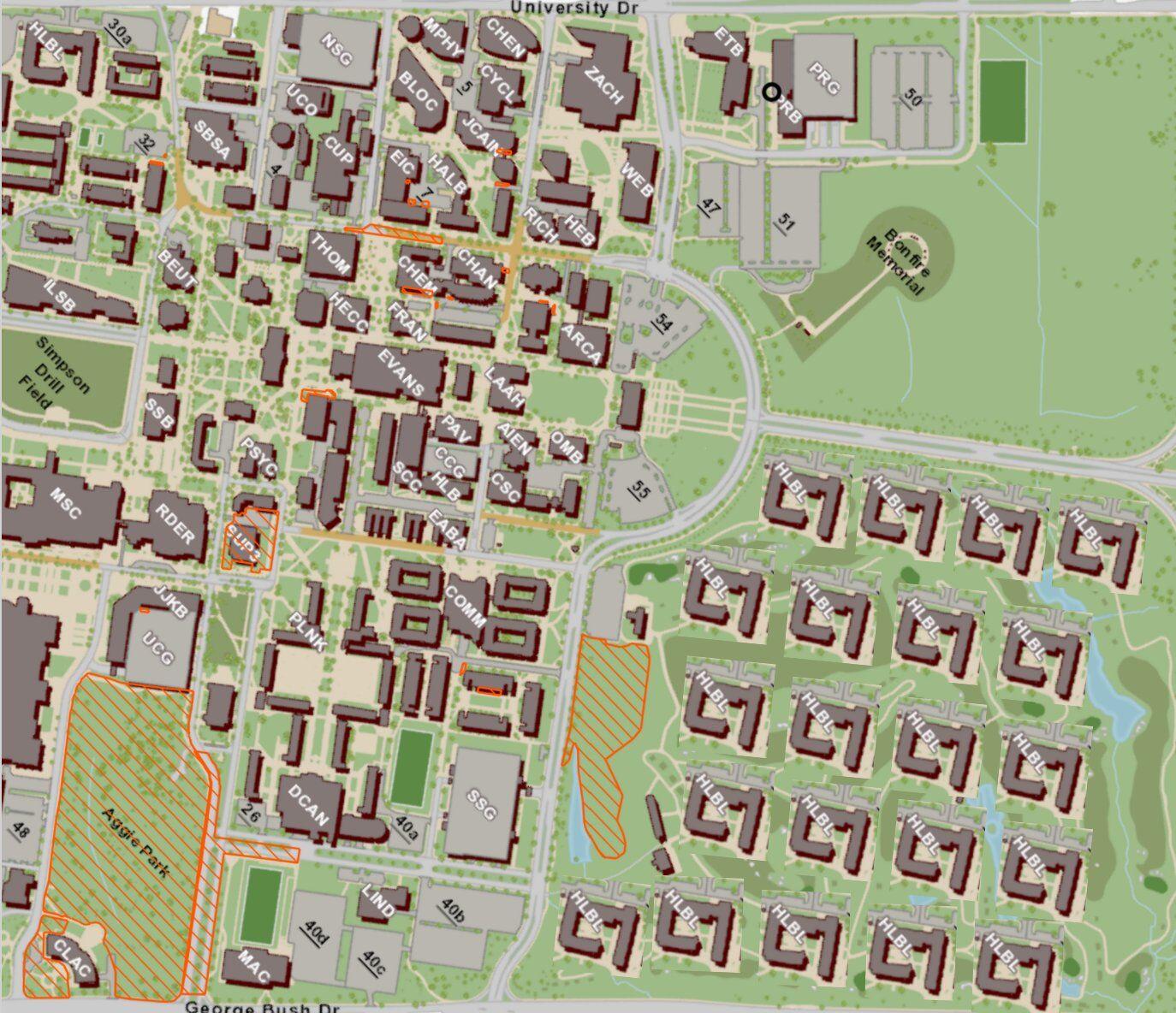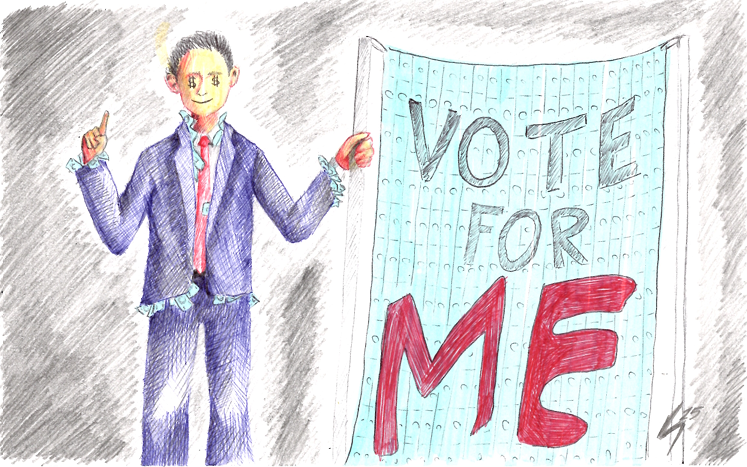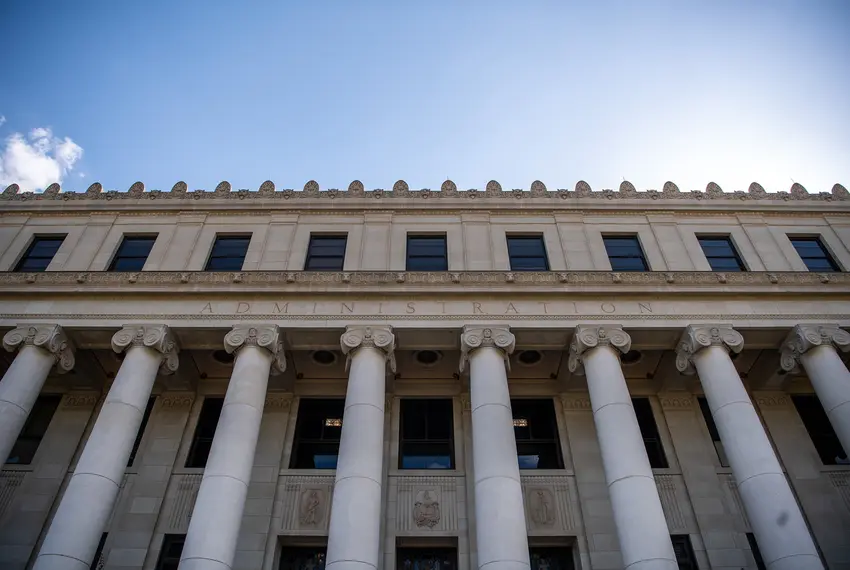The Golf Club at Texas A&M is a typical 18-hole course, featuring 6,749 yards of golf from the tees and 171 total acres of land. A rolling plain welcoming students and guests alike to the university, the course occupies nearly a quarter of the main campus land and is approximately half of the total sweeping greenery surrounding New Main.
Development on this land is obviously not a foreign concept to A&M’s Board of Regents in recent years. The course itself, originally built in 1950, was renovated in 2013, the same year Hullabaloo Hall was completed. Yet, for every year that countless new capital projects are approved by the Regents, such as Aggie Park or the new Rec Center just yards from the course itself, another year goes by without more university-operated student housing on campus.
Another year goes by that the Department of Residence Life increases the cost of the existing on-campus housing. Another year goes by where the university spends tens of thousands of dollars on the upkeep of the land that could easily go to said housing, or any number of other actually meaningful ventures. Another year that millions of gallons of water will be wasted to keep the turf grass acceptably green for the Ol’ Ags the Association of Former Students wishes to woo for donations.
Is all this talk of construction boring? Dates, distances, dorms; the details all tend to blur together. Yet, these details have a tangible impact upon the wealth disparity among current Aggies. Not to mention College Station’s housing supply — ever-wanting for more affordable options and ever-gentrifying with more pricey duplexes built on top of previously-affordable homes every year.
Nationally, the largest universities have an average of 22% of students living in on-campus dormitories. This is already a fairly pitiful statistic, from a position of wanting to see more equitable housing, but A&M falls short of even that.
“On-campus beds were available for 11,366 students, out of the 65,684 enrolled. That’s a little over 17% of students being able to live on campus,” Alyssa Halle-Schramm, the long range planning administrator for College Station, told The Battalion in an email.
As it stands, even if A&M wanted to house every incoming freshman on campus, it couldn’t do it. Carol Binzer, Ph.D., the director of administrative and support services at the Department of Residence Life, told The Battalion in an email how the student housing situation lacks a simple solution or process.
With an incoming freshman class of just over 11,400 students and 11,366 beds, it sounds doable, albeit right at A&M’s limit. But, Binzer said ResLife receives 10,000 new applications and 2,500 renewals annually. Okay, if we do the math, ResLife just has to reject about a thousand applications, right? That’s only 1,000 students displaced off-campus. Simply put, A&M is reaching capacity.
There is no doubt that ResLife staff had the best intentions when booking students for the fall; they certainly are trying to guarantee housing for as many students as possible. ResLife isn’t the bad guy here, in spite of the issues. At fault is the A&M System, specifically Chancellor John Sharp, for not prioritizing more housing while the university pushed initiatives such as 25 by 25, the goal of recruiting 25,000 engineering students by 2025.
“The Chancellor … has said that no residential, on-campus buildings can be built without it being a Public-Private Partnership, in other words someone else taking on the debt to build and then controlling the revenue,” Binzer said.
White Creek is one such partnership, for example, with the multinational Balfour Beatty company. For the five months of school per semester, the cheapest floor-plan comes out to $855 a month. That’s more expensive than many off-campus apartments, but less than many options off Northgate — and it added 1,260 beds to campus.
But, let’s compare that to the most affordable existing dorms. The ramp halls can come out to $420 a month, the balcony and corridor halls to just over $500, the Commons and modular halls to about $750 a month and Hullabaloo, naturally the most as the newest, at right around $1,000 a month.
That’s a really good range of prices. If we don’t restrict ourselves to the inflated desires of private building companies like Balfour Beatty, the majority of on-campus housing comes out to be comparable or less than off-campus rates. Students largely share the same amenities and benefits of on-campus living, with minor differences. Now, the near-necessity of a parking pass does worsen this cost, but all things tuition and fees considered, we can leave that issue for another day.
In an email to The Battalion, Halle-Schramm discussed some of the benefits from a residence close to campus.
A major initiative of the city government is presently to bolster the mobility network and diversify how citizens get around town. Housing in close proximity to people’s employers and campus naturally reduces the need for trips by vehicle, Halle-Schramm said, which consequently reduces congestion. It also makes taking the bus more attractive for the simple fact that more bus routes are available closer to campus, Halle-Schramm said.
“There are also environmental benefits, such as reduced [carbon dioxide] emissions from fewer vehicles, societal and health benefits from active mobility modes such as walking and biking and financial benefits in reduced mobility costs,” Halle-Schramm said. ”City staff are continuously working on ways to improve intersections and the greater mobility system to accommodate existing and future growth.”
A&M has proudly paraded its efforts to be more sustainable and environmentally conscious, and it has certainly made strides in that direction. Yet, let’s take a closer look at our lovely golf course again.
According to the 2017 Campus Master Plan, the golf course side of the campus entrance is 171 acres. A few of those acres have been dedicated to the new Rec; otherwise, that’s largely turf grass. For fairness, let’s cut that number down to 150 acres by deducting the ponds and sand traps.
The Golf Course Superintendents Association of America reported for 2003-2005 an average of 1.9 acre-feet of water is used per irrigated acre. I’ll spare you the exact details, but that means the 150 or so acres of irrigated grass at the front of campus uses 285 acre-feet of water per year. As a rule-of-thumb, the average U.S. household uses one acre-foot of water per year. Converting to gallons of water, that means our golf course uses 92,867,656 gallons of water per year.
Ninety-three million gallons.
And I’m being generous to the green jewel of our golfers, because the American Southwest demands more water than the national average, according to the same report. Much more.
To quote a 2008 NPR piece on the topic, “a golf course is a selfish creature.”
Other universities have found that multiple residence halls — combined — consume less water annually. If you’re interested, check out this UC Berkeley report, figures one through 13.
Now, we do know from the aforementioned Campus Master Plan that the university has “planned” on adding several thousand beds of residences through the same partnerships on Southside, West Campus and at the Gardens. I’m looking forward to when it materializes. In the meantime, sprawl and gentrification continues to worsen in the city for residents and workers alike — workers who need affordable housing even more than students, and who, respectfully, are more necessary to the university’s day-to-day operations than students.
The Master Plan correctly points out that future residential facilities should focus on “creating environments that will foster connections and learning opportunities for students.” It then points out how such facilities could host “mixed-use programs” including dining and retail, or other student support amenities. There is no better opportunity to foster connections in the campus community than affording our “Essential Aggies” a home on campus, living side-by-side with current students in an equal environment.
Imagine how such an experience would inform a student’s empathy for the essential workers that serve as Aggieland’s backbone. Students may not realize that the Essential Aggies who keep the campus running day-to-day support their learning just as much as their families, professors and friends. The vast majority of college students such as myself are afforded privileges in life that those working in the essential custodial, utility and food-service industries are deprived of, consistently.
Mixed-use housing in the heart of campus — designed purposefully so that all members of the campus community can benefit from the university’s resources — has the potential to counteract the effects of gentrification and sprawl in Bryan-College Station. Gentrification that has by-and-large been caused by the mass development around campus for the sake of students. Not to mention that the university, in a masterstroke of callous abuse, currently forces the Essential Aggies to pay for the same inflated parking passes that students purchase. If these workers are living on-campus, that won’t be as much of a problem.
If the university must create housing through some Public-Private Partnership, then so be it. If reclaiming part of A&M’s wastefully illustrious golf course is too hard to stomach, then so be it — incorporate the housing elsewhere on campus. But let us seize the opportunity while it is abundantly available across hundreds of acres and many years to come. Let us draw on our history as a land-grant university to employ land in uplifting our underprivileged populations, just as was done with A&M’s original founding for rural Texans in the 19th and 20th centuries. Let us expand our project of academic and professional success for both the privileged and underprivileged students. Let us begin a new project for the holistic success of our Essential Aggies across many aspects of their lives; their health and wellness, mobility, building generational wealth and life-long learning.
The rich student shouldn’t be able to walk to campus from an apartment with a pool on the seventh floor, meanwhile the poor student or essential worker can’t even get to campus without a vehicle because the bus routes don’t even go that far. These anecdotes are not conjecture, but the lived realities of many students and many more Essential Aggies. Speak to them and learn, if you doubt me. With the restructuring of the university and years of construction in our future, let’s lead the nation with this innovation and act upon our core values as an institution.
Nathan Varnell is a political science senior and the assistant opinion editor for The Battalion.
Editor’s Note: Due to formatting, a sentence from the author appeared falsely attributed to Planning Administrator Alyssa Halle-Schramm. That sentence has since been removed and attributions corrected.
Opinion: A&M’s housing is subpar, its golf course is the solution
January 19, 2022
Photo by Photo by Cameron Johnson
Assistant opinion editor Nathan Varnell argues that Texas A&M’s “acceptably green” golf course is a waste of valuable campus real estate.
0
Donate to The Battalion
$1815
$5000
Contributed
Our Goal
Your donation will support the student journalists of Texas A&M University - College Station. Your contribution will allow us to purchase equipment and cover our annual website hosting costs, in addition to paying freelance staffers for their work, travel costs for coverage and more!
More to Discover

















